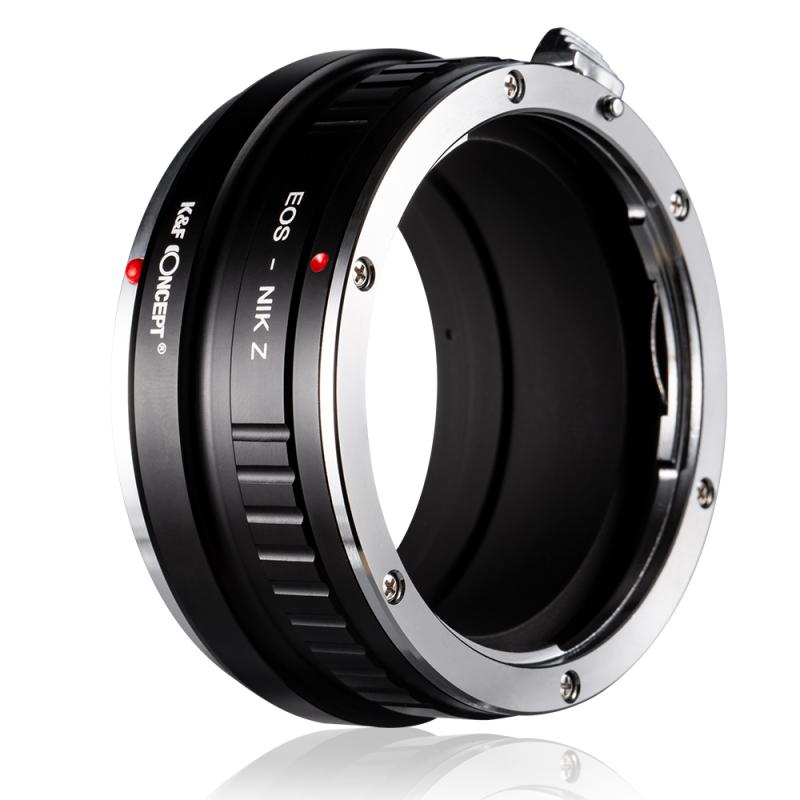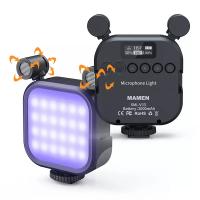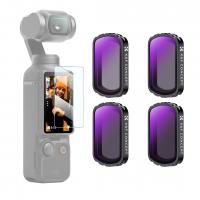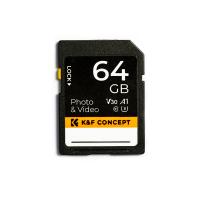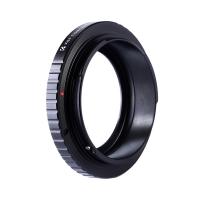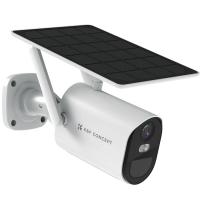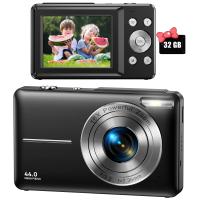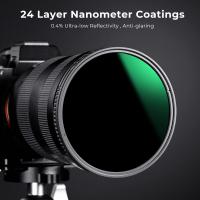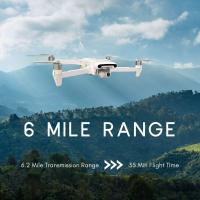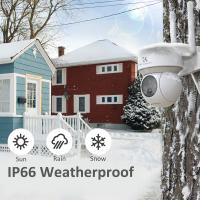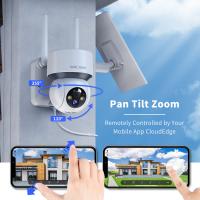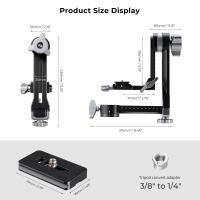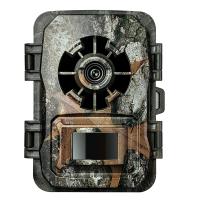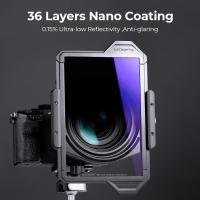Ricoh Camera Using Batteries When Turned Off ?
Some Ricoh cameras may continue to use batteries even when turned off due to certain features or settings that require a small amount of power to maintain. This could include functions like keeping the internal clock running, retaining custom settings, or enabling quick startup. However, the power consumption in these cases is typically minimal and should not significantly drain the battery. It is always recommended to remove the batteries if the camera will not be used for an extended period to prevent any potential battery drain.
1、 Power-saving mode and battery management in Ricoh cameras.
Power-saving mode and battery management in Ricoh cameras are designed to optimize battery usage and extend the overall battery life. When a Ricoh camera is turned off, it typically does not consume battery power. However, there are certain scenarios where the camera may still use a small amount of battery power even when turned off.
One such scenario is when the camera is in power-saving mode. Power-saving mode allows the camera to conserve battery power by shutting down non-essential functions while still being able to quickly power on when needed. In this mode, the camera may still use a minimal amount of battery power to maintain certain functions such as keeping the internal clock running or monitoring for external triggers like a remote shutter release.
Another factor that can contribute to battery usage when the camera is turned off is the presence of Wi-Fi or Bluetooth connectivity. Some Ricoh cameras have built-in wireless capabilities that allow for remote control or image transfer. Even when the camera is turned off, these wireless features may still be active in the background, consuming a small amount of battery power.
It is important to note that the amount of battery power consumed in these scenarios is typically very minimal and should not significantly impact the overall battery life. However, if you want to maximize battery life when the camera is not in use, it is recommended to remove the batteries or disconnect any external power source.
Ricoh continuously works on improving power-saving features and battery management in their cameras. The latest models may have more advanced power-saving modes and better battery management systems to further optimize battery usage and extend the overall battery life.
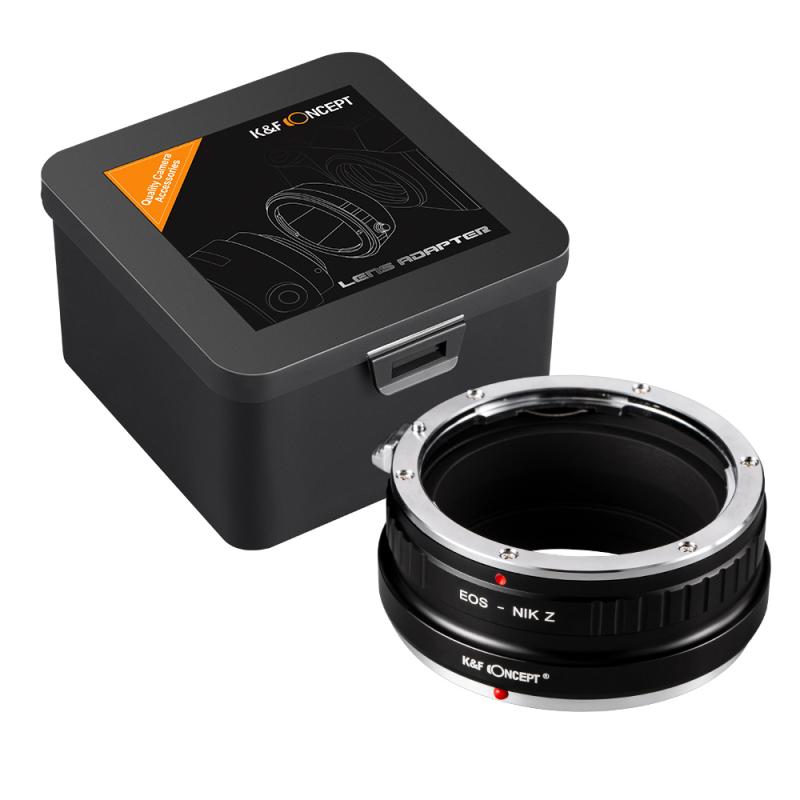
2、 Standby power consumption in Ricoh cameras and battery usage.
Standby power consumption in Ricoh cameras and battery usage has been a topic of concern for many photographers. While it is true that some Ricoh cameras may consume a small amount of power even when turned off, the impact on battery life is generally minimal.
Ricoh cameras, like many other electronic devices, have a standby mode that allows them to quickly power on when needed. This standby mode requires a small amount of power to keep certain functions active, such as maintaining the internal clock and keeping the camera ready for instant use. However, the power consumption in this mode is typically very low and should not significantly drain the battery over a short period of time.
It is worth noting that the standby power consumption may vary depending on the specific model of the Ricoh camera. Newer models often come with more advanced power management features that help minimize power usage when the camera is not in use. Additionally, firmware updates may also address any potential issues related to standby power consumption.
To further conserve battery life, it is recommended to fully turn off the camera when not in use for an extended period of time. This can be done by either removing the battery or using the power switch to completely shut down the camera. By doing so, any standby power consumption can be eliminated, ensuring that the battery remains preserved for longer periods.
In conclusion, while some standby power consumption may occur in Ricoh cameras when turned off, the impact on battery life is generally minimal. Ricoh continues to improve power management features in their cameras, and it is always advisable to fully turn off the camera when not in use for extended periods to conserve battery life.
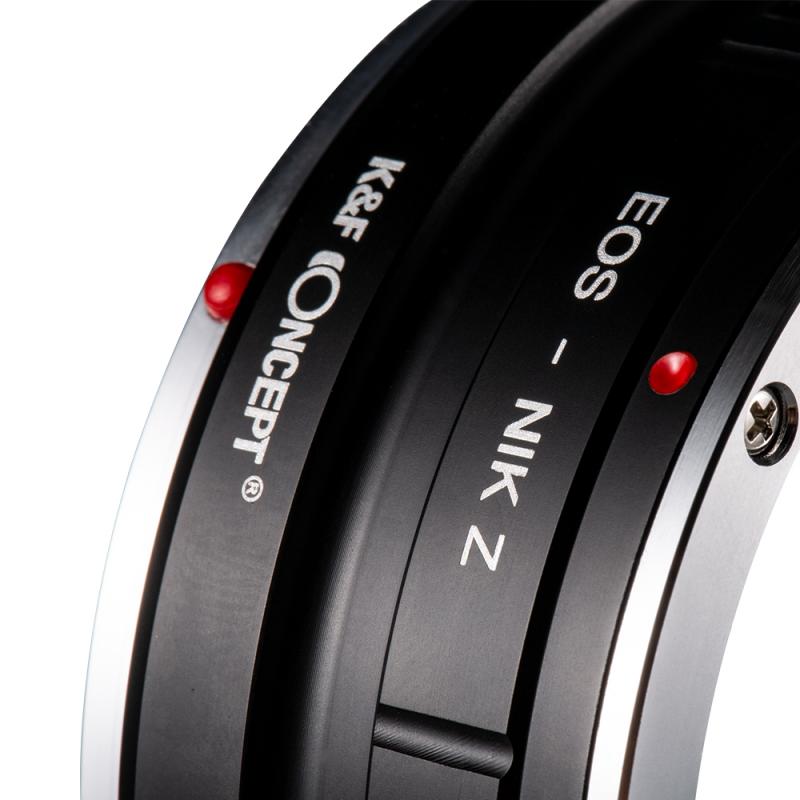
3、 Battery drain issues in Ricoh cameras during power-off state.
Battery drain issues in Ricoh cameras during the power-off state have been a concern for some users. It has been observed that even when the camera is turned off, it continues to consume battery power. This can be frustrating for photographers who rely on their cameras for extended periods of time without access to charging facilities.
The exact cause of this battery drain issue is not yet clear, but there are a few possible explanations. One possibility is that certain features or settings in the camera may still be active even when it is turned off, leading to power consumption. Another possibility is that there may be a software bug or glitch that is causing the camera to use more power than intended in the power-off state.
Ricoh, the manufacturer of these cameras, has acknowledged the issue and has been working to address it. They have released firmware updates for some camera models that aim to improve battery performance and reduce power consumption during the power-off state. Users are encouraged to check for firmware updates regularly and install them to potentially resolve the battery drain issue.
It is important to note that not all Ricoh cameras may be affected by this issue, and the severity of the battery drain may vary between different camera models. Additionally, user behavior and camera settings can also impact battery life. Therefore, it is recommended to optimize camera settings, such as disabling Wi-Fi or GPS when not in use, to conserve battery power.
In conclusion, while battery drain issues in Ricoh cameras during the power-off state have been reported, the manufacturer is actively working to address the problem. Users are advised to stay updated with firmware releases and optimize camera settings to mitigate battery drain.

4、 Energy-efficient features and settings in Ricoh camera models.
Energy-efficient features and settings in Ricoh camera models are designed to minimize power consumption and extend battery life. While the specific features and settings may vary depending on the model, Ricoh cameras generally incorporate several energy-saving mechanisms.
One of the notable features is the power-saving mode, which automatically activates when the camera is left idle for a certain period. In this mode, the camera reduces power consumption by dimming the display, disabling certain functions, and putting the camera into a low-power state. This helps to conserve battery power when the camera is not in use.
Additionally, Ricoh cameras often have an auto power-off function that turns off the camera after a specified period of inactivity. This feature ensures that the camera does not remain powered on unnecessarily, further saving battery life.
Furthermore, Ricoh cameras typically offer customizable power management settings, allowing users to adjust various parameters to optimize energy efficiency. These settings may include options to adjust the display brightness, control the duration of the backlight, and set the sleep timer. By fine-tuning these settings, users can strike a balance between power consumption and usability, tailoring the camera's energy usage to their specific needs.
It is worth noting that while Ricoh cameras are designed to be energy-efficient, they may still consume a small amount of power even when turned off. This is primarily due to the standby power required to maintain certain functions, such as retaining settings and powering the internal clock. However, the power consumption in this state is typically minimal and should not significantly impact battery life.
In conclusion, Ricoh camera models incorporate various energy-efficient features and settings to minimize power consumption and extend battery life. These features include power-saving modes, auto power-off functions, and customizable power management settings. While a small amount of power may be consumed when the camera is turned off, it is generally negligible.
